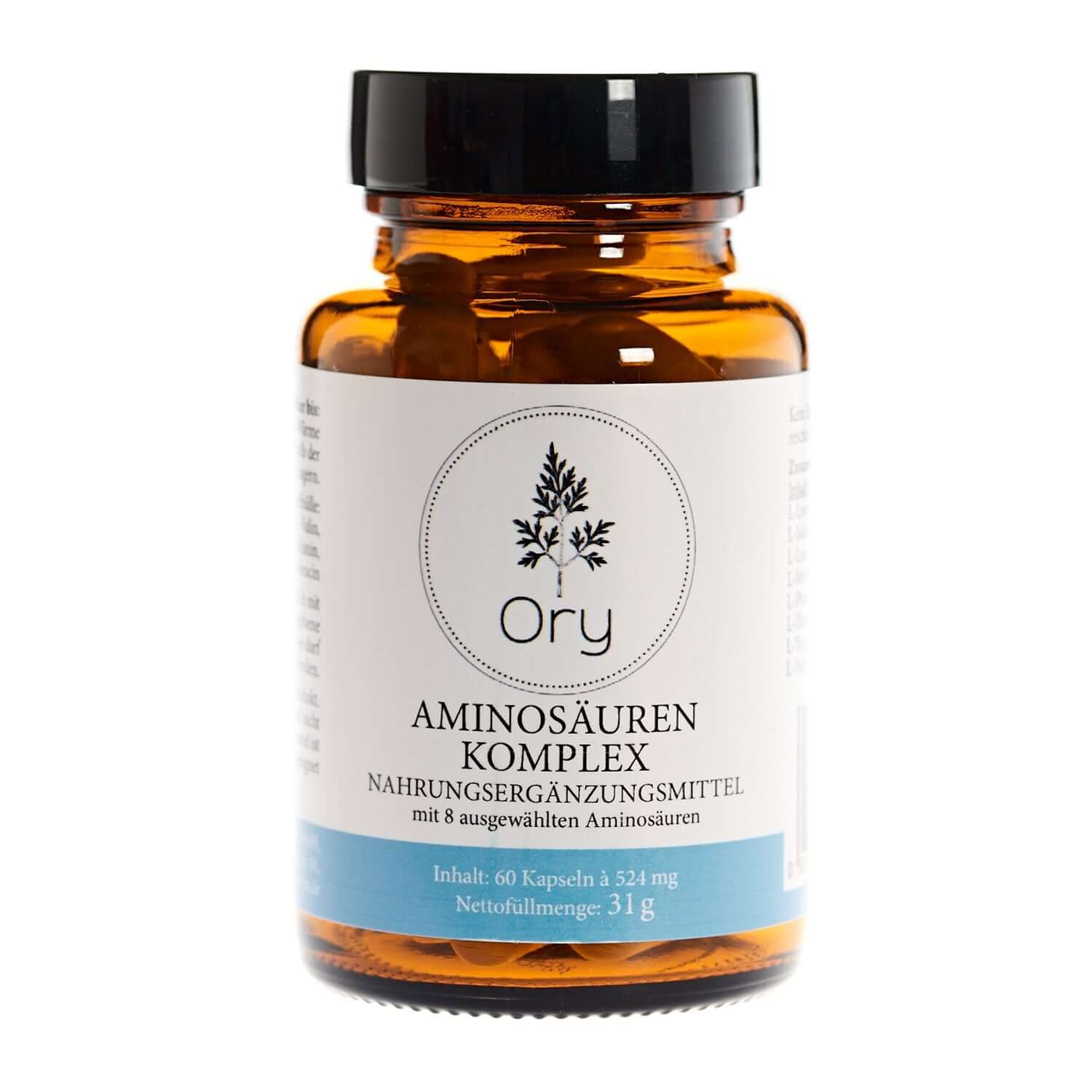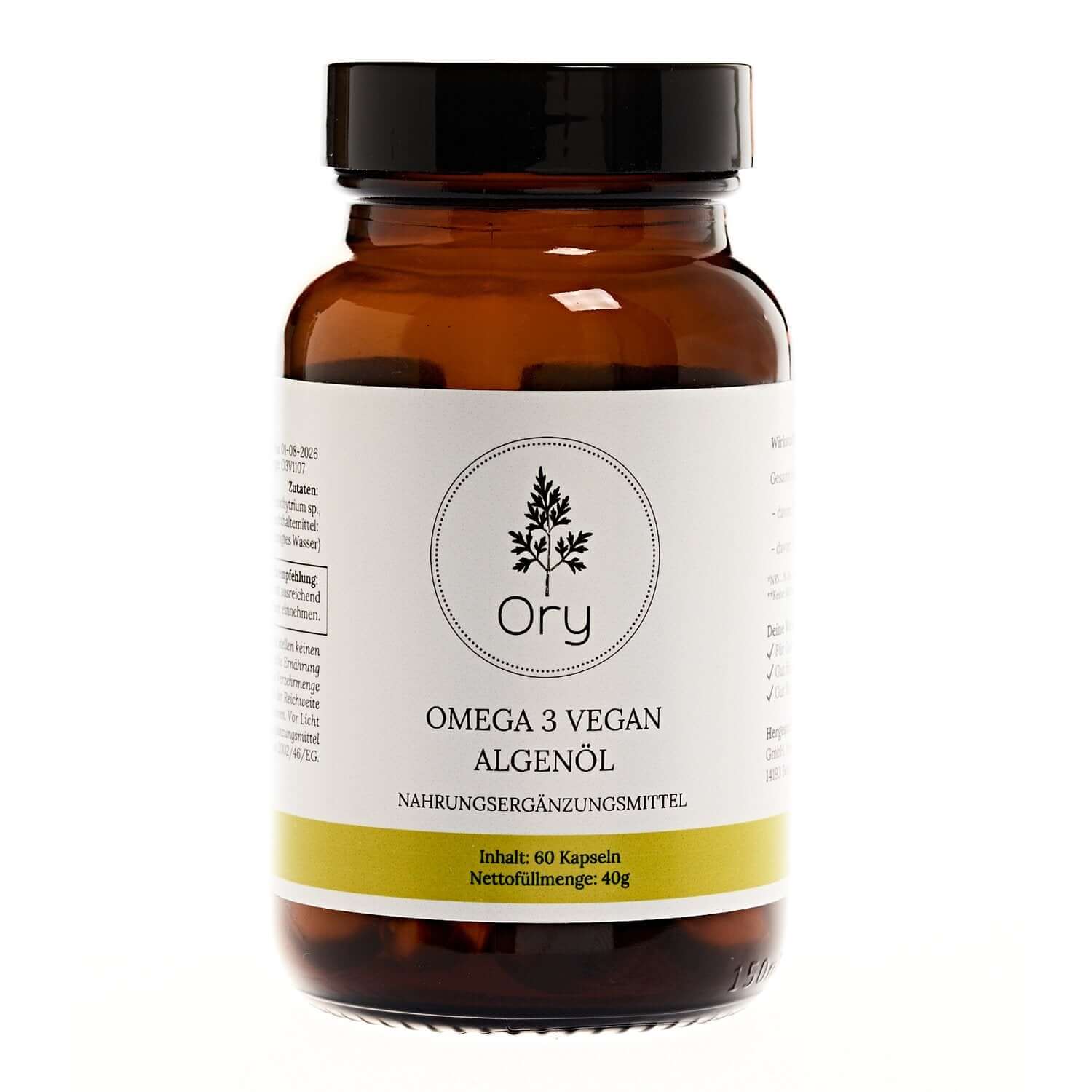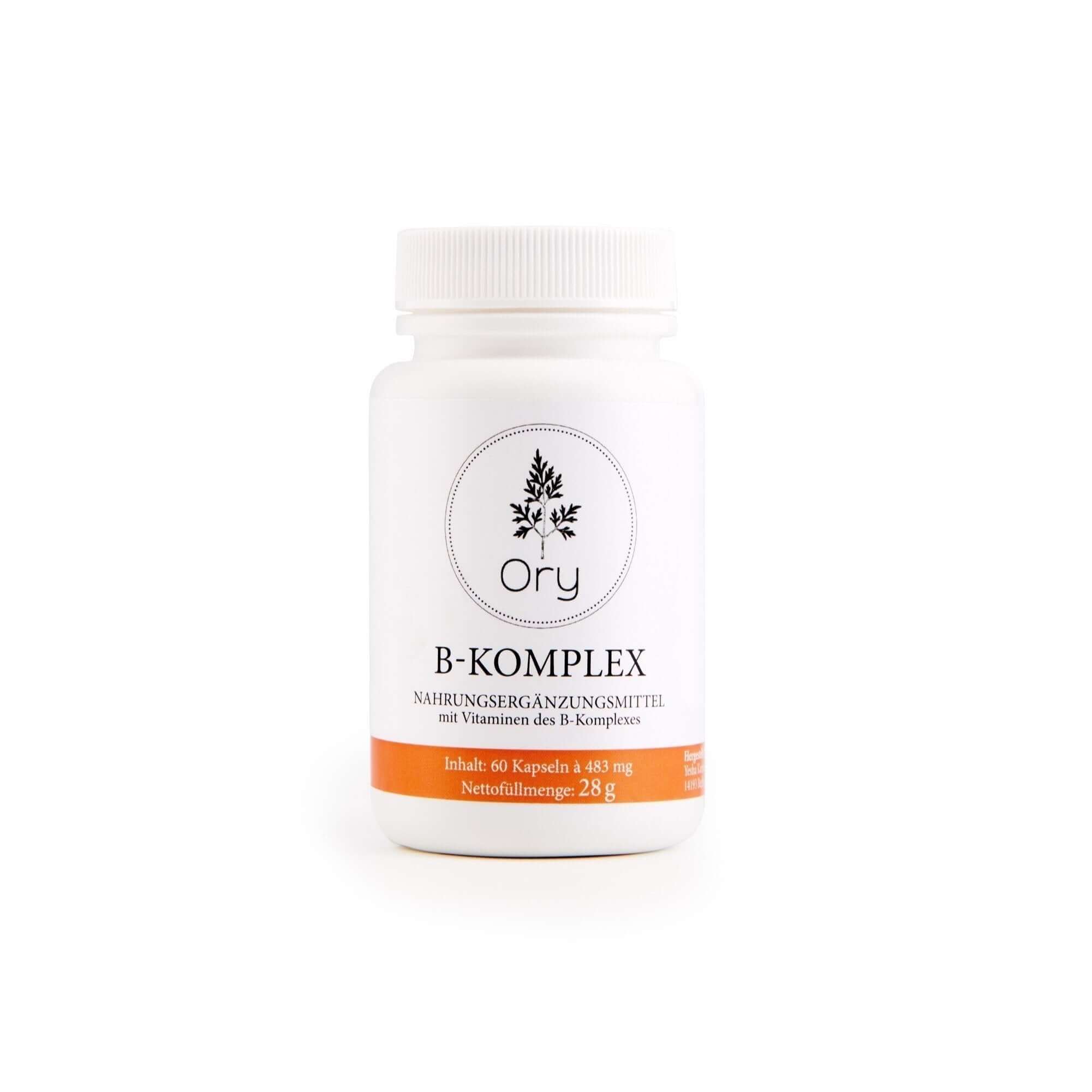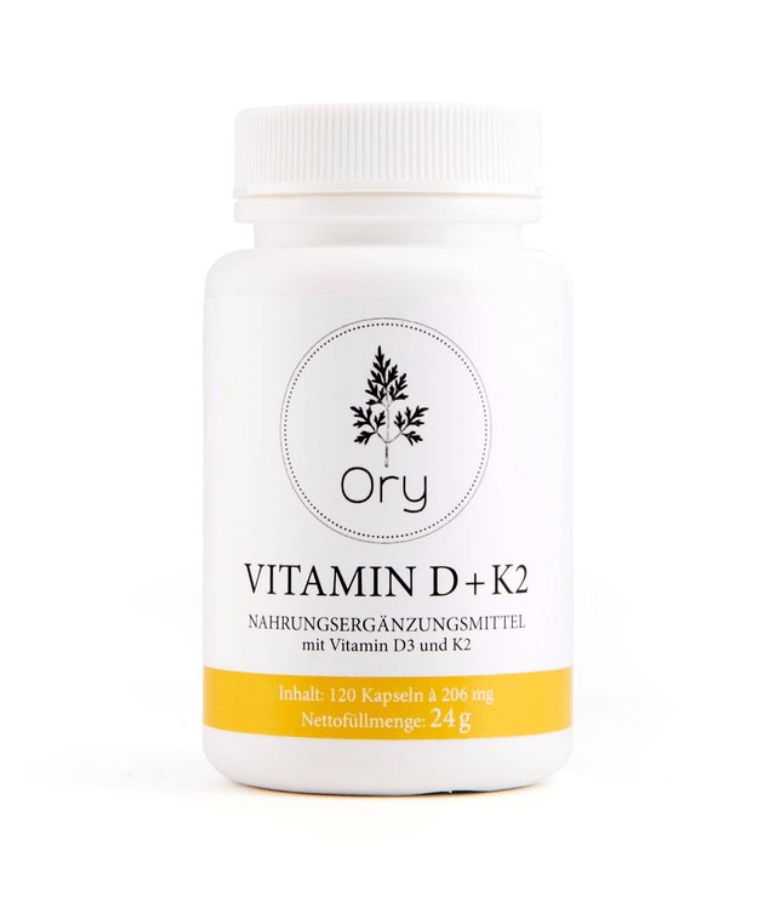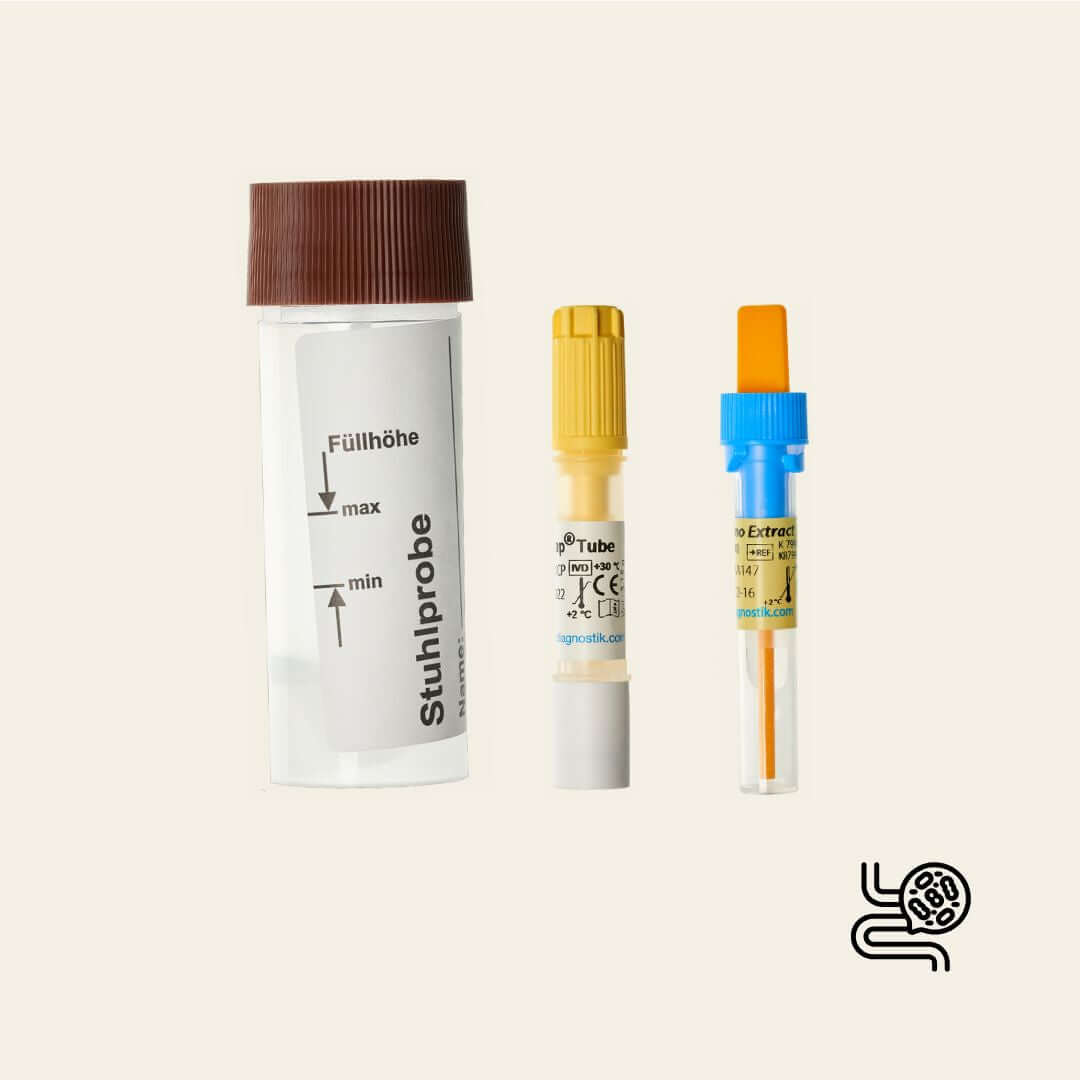
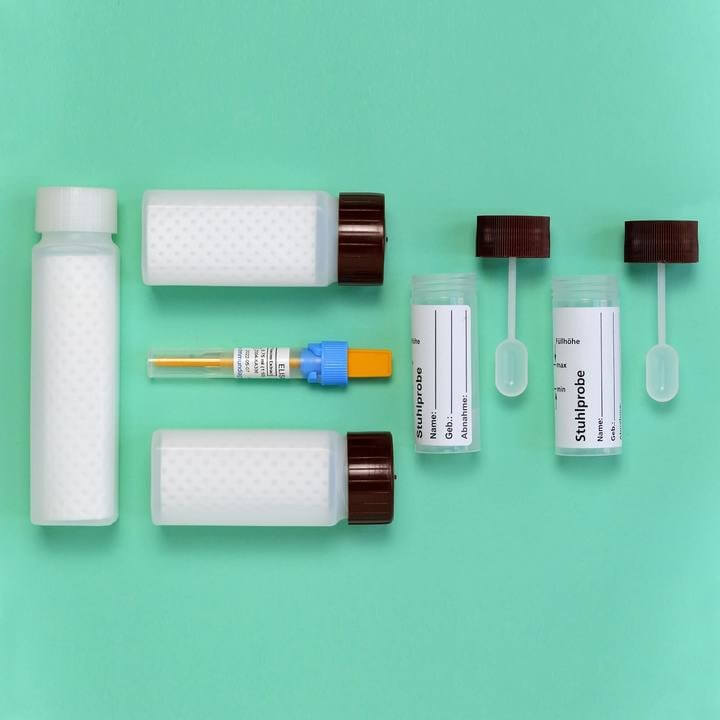

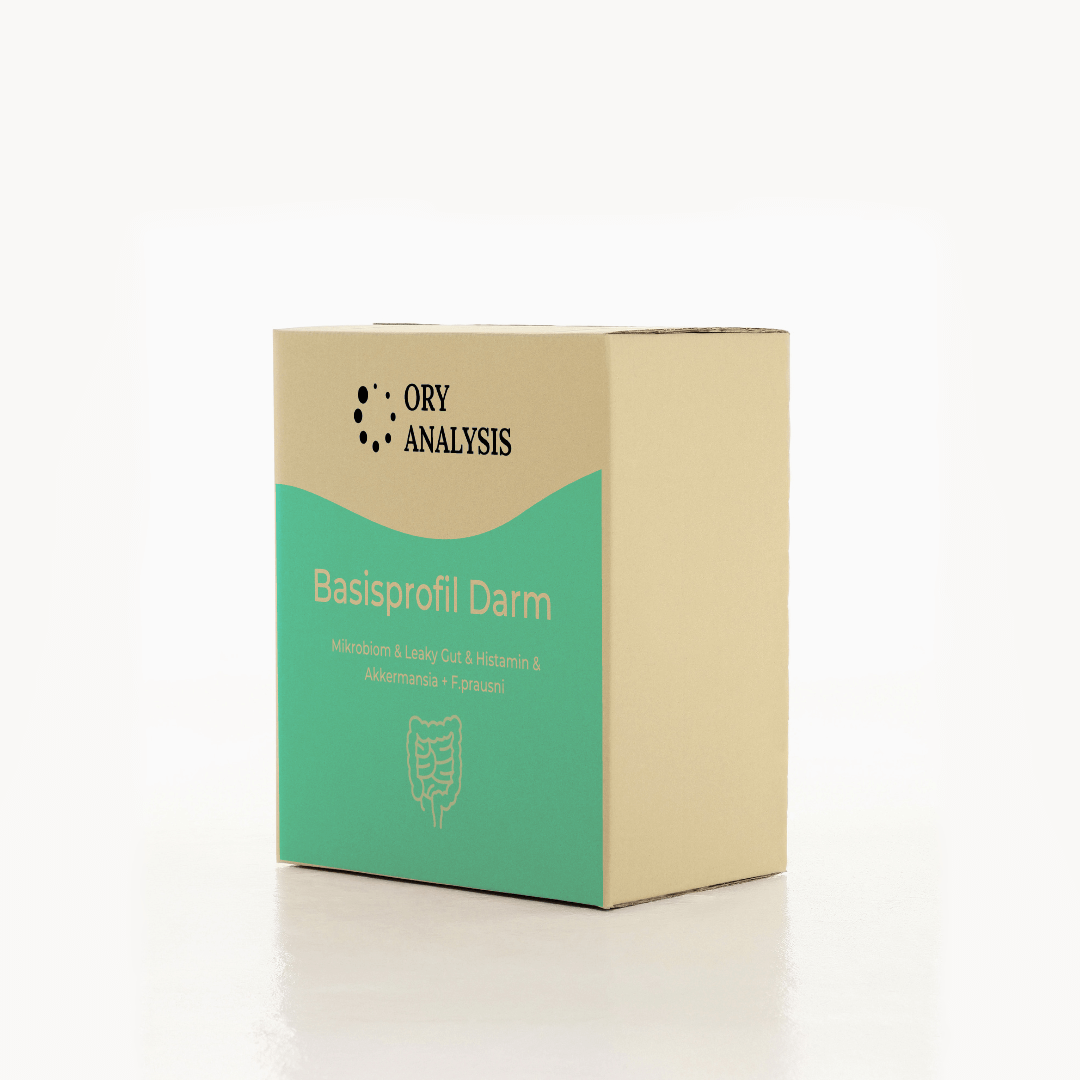
Basic profile intestine | Microbiome & Leaky Gut & Histamine & Akkermansia + F.prausni
Understand your gut – and improve your well-being from the inside out.
This comprehensive stool test analyzes the microbiome, digestive performance, inflammation levels, pH, and histamine – from the comfort of your own home.
Ideal for persistent complaints such as flatulence, abdominal pain, diarrhea or constipation.
The test detects silent inflammation, possible signs of leaky gut, and unfavorable bacteria or fungi.
The nutrient utilization and indications of allergy potential also become visible.
With modern diagnostics, you gain deep insight into your intestinal status.
The sample collection is hygienic, well explained and possible without a visit to the doctor.
After a few days you will receive your results via app or email.
In addition, the medically trained ORY team will be available for a 10-minute consultation.
An important step towards more gut feeling, balance and energy.
Pairs well with
Why is this product useful
What is being tested?
It's that easy
What you get - and when
ORY Analysis: well-founded & trustworthy

Basic profile intestine | Microbiome & Leaky Gut & Histamine & Akkermansia + F.prausni
The ORY difference - Medical quality is our top priority.
Certified in laboratories
Use laboratory certification for superior product quality.
Developed by experts
Professionally developed products based on years of practical experience.
Scientifically based
Perform precise and reliable diagnostic tests comfortably at home
If you have any questions, you are always welcome to contact us. We'll get back to you as soon as possible, within 24 hours on weekdays.
-
Shipping Information
Use this text to answer questions in as much detail as possible for your customers.
-
Customer Support
Use this text to answer questions in as much detail as possible for your customers.
-
FAQs
Use this text to answer questions in as much detail as possible for your customers.
-
Contact Us
Use this text to answer questions in as much detail as possible for your customers.

The microbiome – the totality of intestinal bacteria
Chronic diseases are becoming increasingly common and represent a significant burden in everyday life for many people. Preventive medicine can help reduce the risk of such diseases and improve overall health. The Prevent 360 test offers the possibility of determining many different parameters with a single blood sample, thus providing comprehensive insight into the patient's health.

Colonization of yeasts and molds

The pH value in the intestine
Omega 3 vegan - dietary supplement
Your bundle Basic
FAQs
Please read our FAQs page to find out more.
What does the package contain?
How should it be used?
Are there any possible side effects?
Who should not use this product?
How should it be stored?

